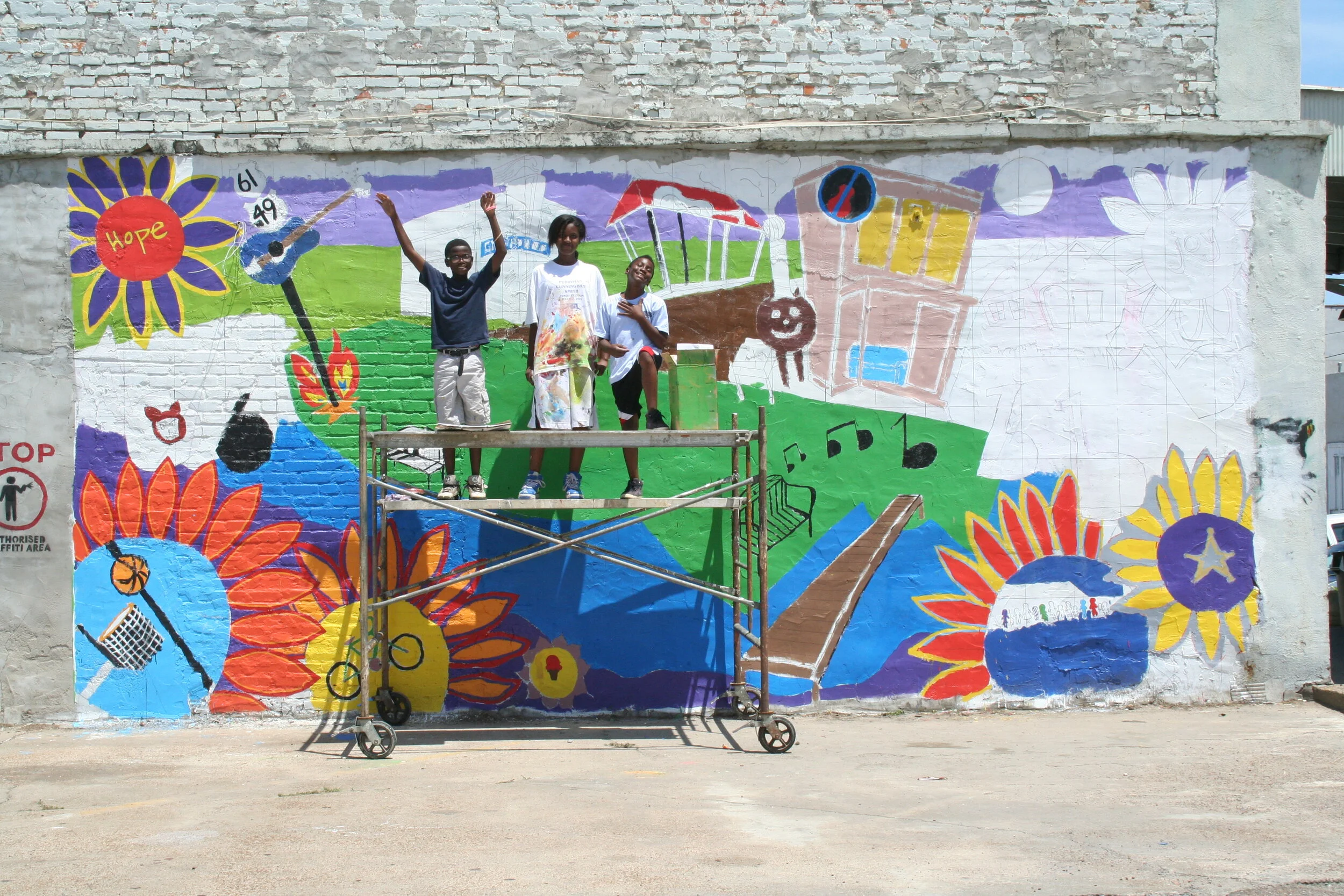Hope Is a Verb
Change: Haves and Don’ts, Community Mural in progress, Clarksdale, Mississippi
I’m late to the party in reading the Gifts of Imperfection by Brene Brown. (Pro tip: get thyself a copy of this and read immediately. I don’t care your backstory. It applies to you too.)
One of the things that literally made me say “whoa” was Brown’s assertion that hope is, in fact, not a feeling, but a cognitive way of thinking. And it can be taught and learned. She points to the work of C.R. Synder, a former researcher at the University of Kansas, Lawrence.
And I quote:
…. “Hope is really a thought process made up of what Synder calls a trilogy of goals, pathways, and agency. In very simple terms, hope happens when:
We have the ability to set realistic goals (I know where I want to go)
We are able to figure out how to achieve those goals, including the ability to stay flexible and develop alternative routes (I know how to get there, I’m persistent, and I can tolerate disappointment and try again).
We believe in ourselves (I can do this!).”
Now, the implications for this are, in my very humble opinion, truly far-reaching. Not only does it give us a roadmap for improving our own “Yes, and” attitude about our own particular set of circumstances, but it falls directly in line with what I have witnessed in communities that are making these inclusive, courageous changes through deliberate asset-based-community-development.
I took these photos back in 2012 when I spent a summer living above a blues club in Clarksdale, Mississippi. Besides staying out way too late every night, I was working on a community mural with the three awesome kids you see there - Shamar, Darryl, and Naya. We spent a week exploring Clarksdale to find what they thought was good, which we painted in the mural. The sunflowers (as a nod to the Sunflower River running through town) represented their hopes for their community: more basketball courts, a community center with kids' activities, more police officers, bike paths.
Want to create a mural in your community? Download a free Community Mural Toolkit!

